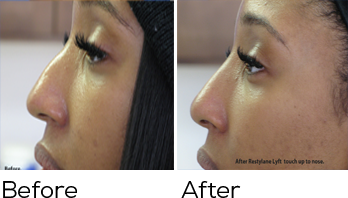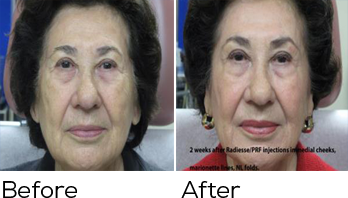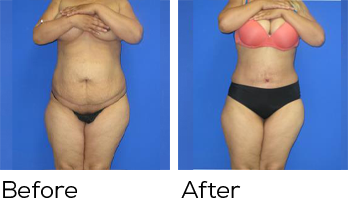Why Sometimes One Needs a Second Transfer to get the Optimal Brazilian Butt Lift.
Brazilian butts lifts as they are popularly called have become common place when one is sculpting the body. I commonly perform these procedures with liposuction or when a tummy tuck is performed. Sculpting the flanks and hips gives a nice contour as one tries to attempts a waist to hip ratio of 0.7. This is the ideal ratio for beauty and gives more of an hour-glass figure.
Harvesting techniques have improved over the years. Having closed collection systems that minimize handling of the fat theoretically improves the survival of the fat cells. The new systems allow for a collection of a large amount of fat, typically 2-3 liters of fat. The fluid can be decanted easily and now there are pressure controlled pumps which allow one to graft more efficiently.
Unfortunately there could be complications with the procedure as noted in Sanno’s 2016 article published in Plastic and Reconstructive Surgery entitled Determining the Safety and Efficacy of Gluteal Augmentation: A Review of Outcomes and Complications. They studied 3567 patients with autologous fat augmentation and found an overall complication rate was 9.9 %. The complications noted were seroma 3.5%, under correction 2.2%, infection 2.2%, and pain 1.7%.1 The most feared complication is fat emboli which can be minimized by avoiding the superior and inferior gluteal veins. Morfid et al. 2 published an article that made recommendations to minimize this serious complication. Their recommendations included avoiding deep muscle injection specifically below the Gluteus Maximus and above the Gluteus Medius where the gluteal vessels could be found. Another recommendation is avoiding downward angulation of the cannula. One should graft above the level of the spine.
That said, this procedure can give patients a wonderful result. Some patients start out with small buttocks and poor projection. The fat has to be grafting in small aliquots and in different planes being careful to avoid the gluteal vessels. Since only some much fat can be grafting at one time, they will get an improvement but some will view their results as an under correction. These patients will benefit from a second fat grafting procedure that can greatly enhance results. I typically do not transfer the same amount of fat on the second transfer. A smaller transfer can give one a very good result with better contouring and projection.
Below are the sequential results of patients that needed more than one fat grafting procedure for maximum results.


In conclusion, you can see how the first transfer increases the volume and improves the contour of the buttocks. My thought is that the pre-adipocytes and stem cells present in the graft material will promote vasculature and an optimal bed is created for the second transfer to take. As you can see with these patients, there is a significant improvement after the second transfer in contour, lift and projection as well as improvement of the skin texture with a lot less fat being grafted to the area.
References:
- Sinno S. Cang JB, Brownstone ND, Saadeh PB, et al. Determining the Safety and Efficacy of Gluteal Augmentation: A Systemic Review of Outcomes and Complications. PRS 2016 Ap;137(4):1151-6.
- Morfid M, Teitelbaum S, Suissa D. et al. Report of Mortality from Gluteal Fat Grafting : Recommendations from the ASERF Task Force. Aesthetic Surgery Journal. Vol. 37(7), July 2017:796-806.



